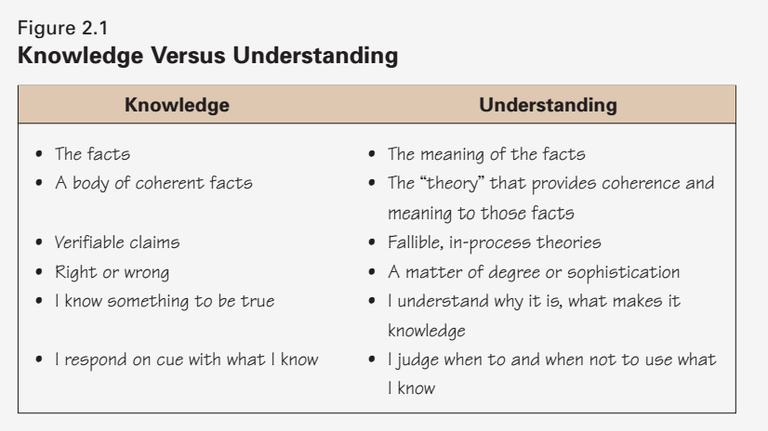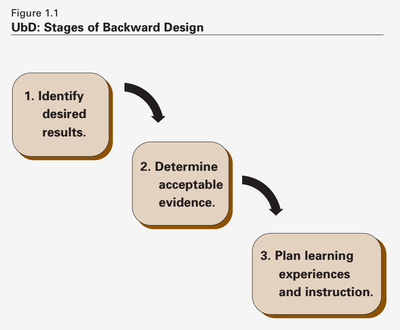Design Your Teaching for Enduring Understanding
I wonder if my students, residents, and fellows have an enduring understanding of the things that I teach them. Not merely will they pass their board exams, but will they genuinely develop a deep understanding of the big ideas that provide a framework for all they will learn in the future?
Perhaps you have worried about the same thing. After all, Yes, we obviously want these things. So the real question for us to reflect on is this one: do our current approaches to teaching, whether it is a single presentation or the design of an entire course, drive this level of enduring understanding and opportunities to practice critical thinking?
In response to these concerns, we can turn to a curriculum-design approach first defined in the book, Understanding by Design (Wiggins & McTighe, 2008). This “backwards” design approach to developing a curriculum, also applies to any stand-alone presentation that you might be asked to prepare. Understanding by Design (UbD) focuses on student learning (knowledge) and what they will understand. The teacher responsibility equation then is:
Learning Goal = Knowledge + Understanding, not merely knowledge transfer
Why is focusing on the learner’s understanding so important? Look at this table to see the difference between knowledge and understanding.
Understanding involves something beyond mere acquisition for later straightforward use. To understand, students must do something with, adapt, and sometimes question what they (think they) know. (Wiggins, 2016)

Note: Reprinted from Understanding By Design (2nd ed., p.38), by G. Wiggins & J. McTighe, 2005, ASCD. Copyright ASCD.
Knowledge without understanding only allows the learner to recall, identify, retell, state, or regurgitate facts. Knowledge is necessary but insufficient for critical thinking and clinical reasoning. A quote from the book emphasizes the need to ensure that learners have the resources necessary to understand.
In teaching students for understanding, we must grasp the key idea that we are coaches of their ability to play the ‘game’ of performing with understanding, not tellers of our understanding to them on the sidelines. (Wiggins & McTighe, 2008, p. 17)
Generally, when we prepare a presentation or a whole course, our focus is on what we, as instructors, do (the teaching), rather than the output of the instruction (what the student learns and understands). Our customary focus on teaching rather than learning is remedied by this backward design approach. It essentially begins with the end in mind, as described in Habit #2 in Stephen Covey’s (1989) classic book, The Seven Habits of Highly Effective People. UbD is a three-step process that starts with defining the desired results of your presentation/course, what you want your learner to know, and be able to do, at the end of the class, unit, or course.
Note: Reprinted from Understanding By Design (2nd ed., p.17), by G. Wiggins & J. McTighe, 2005, ASCD. Copyright ASCD.
I encourage you to re-think your approach to the development of teaching presentations and curriculum design. By first defining what you want your learners to understand and then working backward to determine how you will determine the evidence that they achieved that understanding (assessment). You can then plan just how you want to develop the learning experiences for a single teaching session or an entire course.
Commit to giving the UbD approach a try for your next teaching session by building it so that your learners will have an enduring understanding that brings meaning and coherence to the facts that you put before them. Just imagine the impact we would have on learning across the HSC campus if we all started using this approach. Doing so will contribute significantly to making UofL a Great Place to Learn.
References
Covey, S. R. (1989). The seven habits of highly effective people: Restoring the character ethic. Simon and Schuster.
Wiggins, G. (2016). You Have To Create Understanding By Design. Teaching. https://www.teachthought.com/pedagogy/you-cant-teach-understanding/
Wiggins, G., & McTighe, J. (2008). Understanding by Design. Association for Supervision and Curriculum Development.